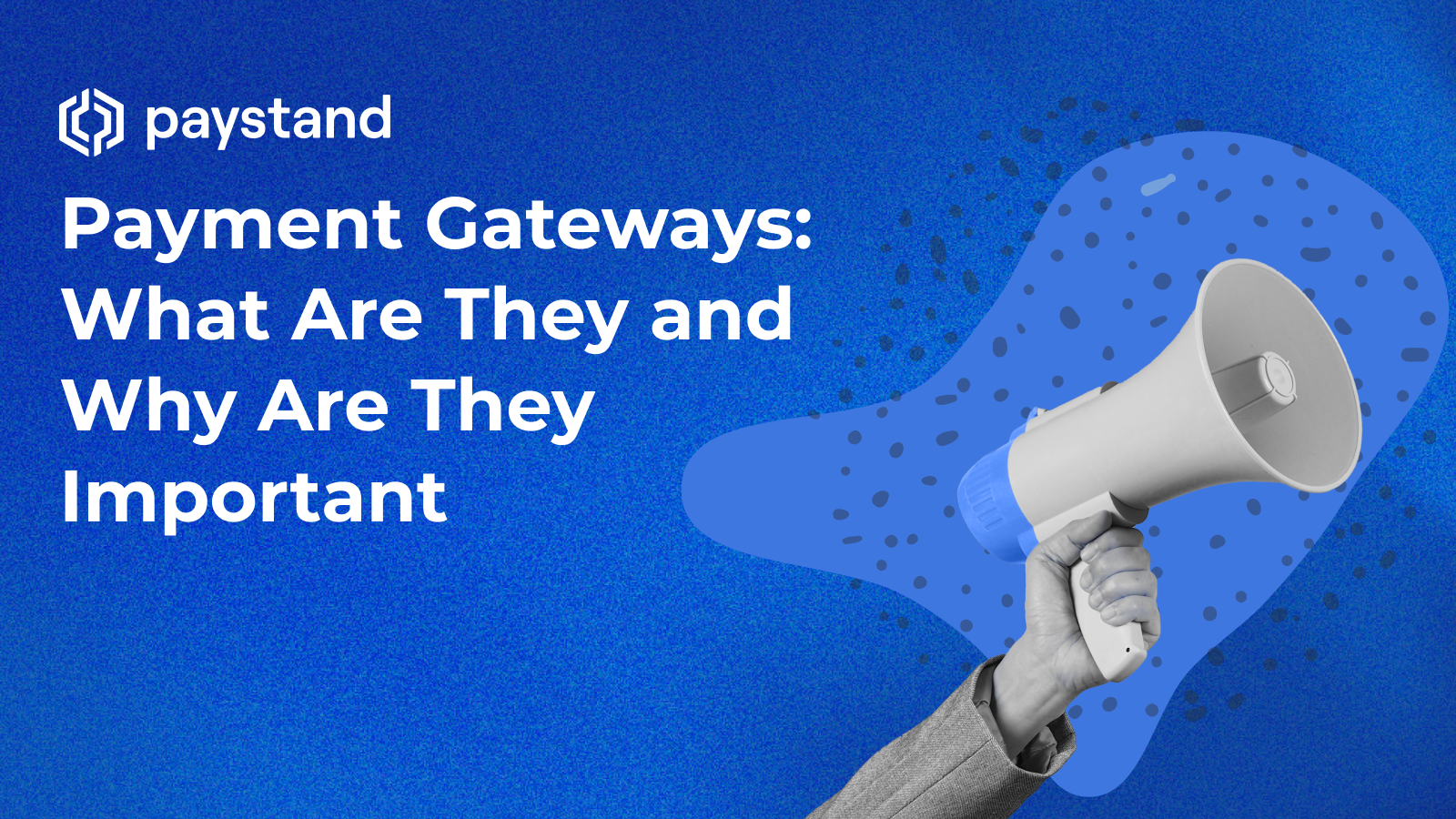Payment Gateways: What Are They and Why Are They Important

Table of Contents
- What Are Payment Gateways?
- Payment Gateways vs. Payment Terminals
- Payment Gateways vs. Payment Processors
- Examples of Payment Gateways
- What Payment Methods Can Your Gateway Accept?
Key Takeaways
- What Are Payment Gateways? Payment gateways transmit payment data securely for online transactions, connecting customers and merchants.
- How They Work: Gateways encrypt and transmit payment data for authorization and processing.
- Difference from Processors and Terminals: Payment gateways differ from physical terminals and payment processors, each with distinct functions.
- Who Uses Them: Online businesses rely on payment gateways for secure, real-time transactions.
- Cost-Saving Options: ACH and EFT payments can help reduce transaction costs associated with card processing.

What Are Payment Gateways?
Payment gateways are secure digital services that authorize and process online payments by relaying transaction data between customers and merchants. Acting as a bridge between a buyer’s payment method and the merchant’s bank, payment gateways support various payment types, including credit cards, ACH payments in the United States, and EFT payments in Canada. They are essential for e-commerce, enabling safe, seamless transactions for customers and businesses alike.
How Do Payment Gateways Work?
Payment gateways facilitate secure transactions by encrypting and transferring payment data from the customer to the acquiring bank. Here’s an overview of how payment gateways function:
- Transaction Initiation: The customer begins a transaction on the merchant’s website or app.
- Data Encryption & Transfer: The gateway encrypts payment details and securely transmits them.
- Authorization Request: The payment processor interacts with the issuing bank for transaction approval.
- Response: The approval or decline status is relayed back to the gateway, completing the transaction.
This rapid and secure process allows customers to make payments online while protecting their data.
Benefits of Payment Gateways
Using a payment gateway provides several advantages, including:
- Transaction Security: Encrypts and secures customer data.
- Customer Trust: Provides a reliable payment experience.
- Multi-Channel Compatibility: Facilitates payments across web, mobile, and app interfaces.
- Efficiency: Automates the payment process, reducing manual errors and administrative costs.
Payment gateways enable businesses to manage transactions while fostering customer trust and security efficiently.
Who Needs Payment Gateways?
Payment gateways are essential for businesses that handle online or mobile payments, including e-commerce platforms, subscription services, SaaS providers, and mobile apps. By enabling secure, real-time digital transactions, gateways enhance customer trust and streamline operations.
Payment Gateways vs. Payment Terminals
A payment terminal is a physical device used for in-person payments, such as credit or debit card transactions, often seen in retail locations. In contrast, a payment gateway is a digital tool that connects online transactions to payment networks. Each has distinct functions within the payment processing ecosystem.
| Feature | Payment Gateway | Payment Terminal |
|---|---|---|
| Purpose | Connects online transactions to processors | Processes in-person payments at POS |
| Type | Digital, software-based | Physical device, hardware-based |
| Best For | E-commerce, mobile payments | Brick-and-mortar retail |
Payment Gateways vs. Payment Processors
While payment gateways initiate and transmit payment data, payment processors manage back-end tasks like authorization, data transfer, and fund settlement. Understanding the difference helps clarify the payment processing ecosystem, where both components play essential roles.
| Feature | Payment Gateway | Payment Processor |
|---|---|---|
| Role | Encrypts and transmits payment data | Authorizes and completes transactions |
| Interaction | Connects merchants to payment networks | Transfers funds between banks |
| Scope | Front-end (customer-facing) | Back-end (behind the scenes) |
Examples of Payment Gateways
Popular payment gateways include:
- Paystand: B2B-focused, offering cost-saving features for credit card transactions and finance automation.
- Stripe: Known for its flexibility and developer-friendly options, popular among online businesses.
- PayPal: A widely-recognized gateway for personal and business online payments.
- Square: Supports both online and in-person payments, ideal for small and medium-sized businesses.
These gateways offer a variety of features that cater to different business needs, from flexibility to cost reduction.
What Payment Methods Can Your Payment Gateway Accept?
Modern payment processors offer various methods to streamline transactions, reduce costs, and improve business cash flow. While credit cards are a popular choice, they often come with high processing fees, which can add up for businesses handling large transaction volumes. Understanding the available payment methods, including lower-cost alternatives like ACH in the US and EFT in Canada, can help businesses make informed choices on the best payment options for their needs.
Note: While banks handle the actual movement of funds between accounts, a payment gateway acts as the intermediary, authorizing and securely transferring payment data between businesses and banks.
ACH and EFT Payments
In addition to credit cards, many payment gateways support ACH (Automated Clearing House) payments and EFT (Electronic Funds Transfer) payments as cost-saving alternatives for the US and Canada. ACH and EFT transfers are ideal for recurring and business payments, often resulting in lower fees compared to credit cards.
Integrating ACH and EFT payments helps businesses diversify payment options and reduce overall processing costs.
Reducing Credit Card Processing Fees
Managing credit card fees is a challenge for many businesses. Here are some ways to potentially reduce these costs:
- Use ACH/EFT Payments: Payment gateways like Paystand support ACH and EFT, which often incur lower fees.
- Choose Gateways with Cost-Saving Features: Gateways that offer ACH and EFT options help reduce dependence on costly credit card transactions.
- Negotiate Rates: High-volume merchants may be able to negotiate processing fees directly with their providers.
Reducing reliance on credit card transactions can help businesses optimize costs and increase profitability. Learn more about how Paystand’s feeless network can help you save on Canadian payments.





%20(1)%20(1).jpg?width=100&height=100&name=IMG_3752%20(1)%20(1)%20(1).jpg)